F2Pool
F2Pool
Welcome to your go-to source for Bitcoin mining terminology. Today, we delve into a crucial term that'll enrich your knowledge about the crypto world: F2Pool. This versatile and central topic in Bitcoin mining isn’t always the easiest to grasp, primarily if you're new to the cryptocurrency world, hence the necessity to define and explore it extensively. It's time to demystify the F2Pool. Let's dive right in.
What is F2Pool?
F2Pool is one of the most considerable Bitcoin mining pools globally. Whisper it's name, and you'll catch the attention of many miners worldwide. Why so? Because F2Pool has offered unprecedented mining services since its inception in 2013. Founded in Beijing by Mao Shixing and Liu Ge, F2Pool has grown to become a vital cog in the crypto mining world.
The Role of F2Pool in Bitcoin Mining
Bitcoin mining is a complex process. It involves calculations that consume significant computer power. More computer power means more Bitcoin. It's a logic that pushes miners to work together in groups called mining pools. And that's where F2Pool comes in.
As a mining pool, F2Pool brings miners together, pooling their resources to solve intricate calculations. As miners converge their computing resources in F2Pool, their combined strength ups their chances of verifying Bitcoin transactions. They then share the rewards based on how much computing power each contributed.
Benefits of Using F2Pool
Opting to mine in a pool brings many benefits, and joining F2Pool amplifies these perks. Firstly, miners increase their chances of earning Bitcoin. By mining together, rewards come more frequently, though individually smaller, compared to solo mining. Secondly, F2Pool supports various cryptos, not just Bitcoin. Lastly, F2Pool maintains high transparency levels, reassuring miners of its legitimacy.
So, if you're contemplating venturing into Bitcoin mining, knowing about F2Pool is non-negotiable. It's a tool that will make your mining activities more efficient, helping you to reap the fruits of your labours. Happy mining!
Blog Posts with the term: F2Pool

This guide provides a comprehensive overview of setting up an Ethereum mining rig, covering essential components like GPUs and motherboards, as well as key concepts such as Proof of Work (PoW) and hashrate. By the end, readers will understand how...
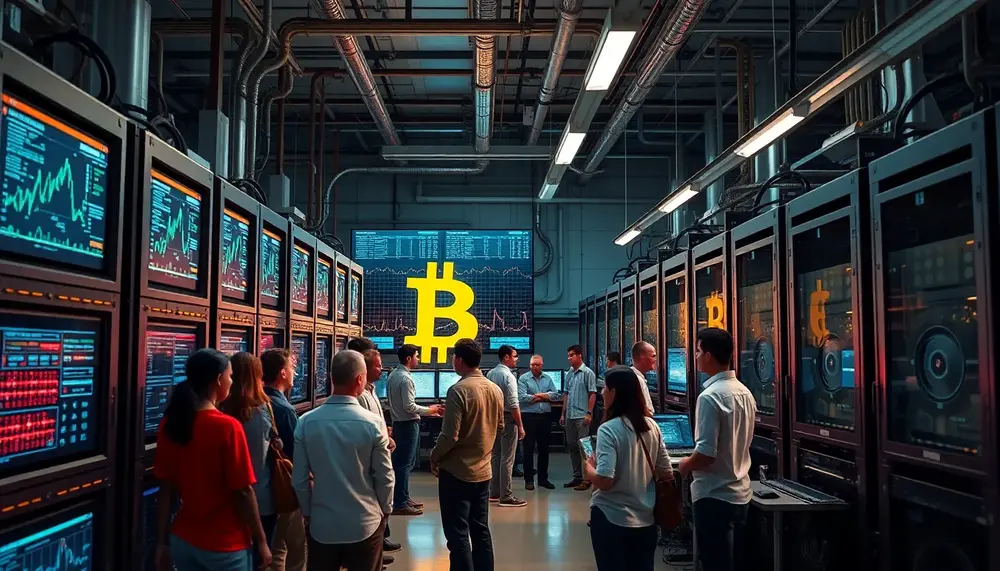
Mining pools allow miners to collaborate and increase their chances of earning rewards by pooling resources, making the mining process more accessible and decentralized. When choosing a pool, factors like fees, payment methods, reputation, size, and server location should be...

The article provides a comprehensive guide on using XMRig for Bitcoin mining, covering everything from setting up a wallet to configuring the software. It highlights XMRig's features such as cross-platform compatibility and support for both CPU and GPU mining, making...

This article provides a comprehensive guide on using MetaMask for Ethereum mining, covering the setup process, connecting to mining pools, and optimizing configurations. By following these steps, beginners can efficiently start their Ethereum mining journey with enhanced security and performance....
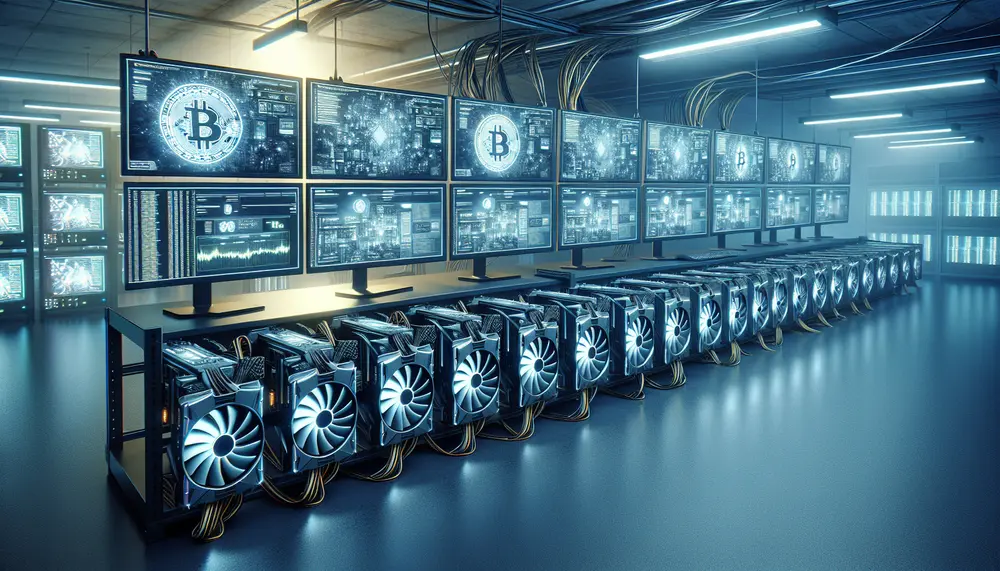
This guide explores the essential aspects of using GPUs for Litecoin mining, covering hardware requirements, software setup, and optimization techniques to maximize efficiency. It explains how GPUs handle parallel processing tasks efficiently in the Scrypt algorithm used by Litecoin and...
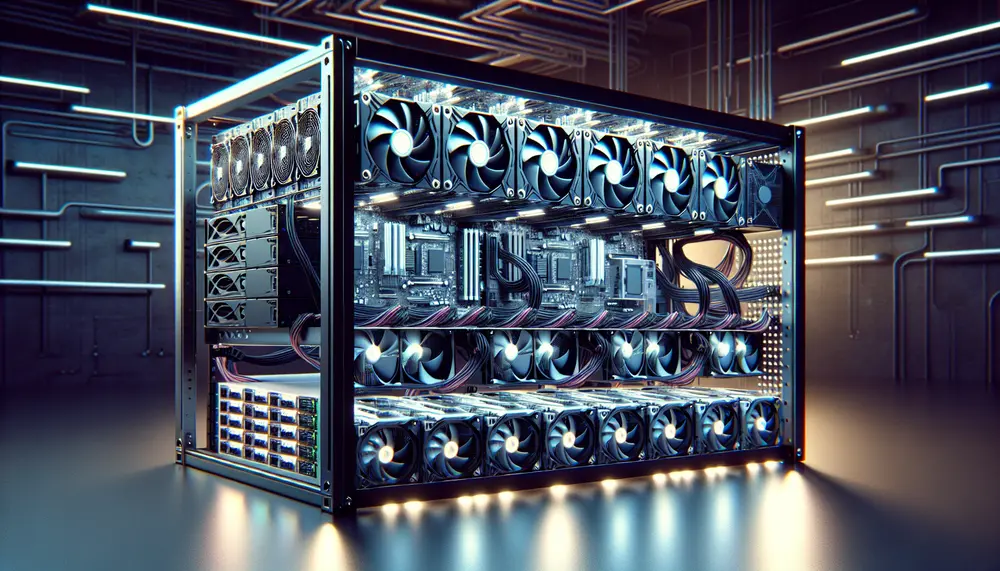
This guide provides a step-by-step process for building an Ethereum mining rig, covering essential components and their roles, as well as the benefits of creating your own setup. It emphasizes cost efficiency, customization, learning opportunities, scalability, and maintenance advantages while...

This guide provides a comprehensive overview of Decred (DCR) mining using GPUs, covering everything from hardware setup to optimizing performance and selecting the right mining software. It highlights the benefits of GPU mining such as accessibility, flexibility, community support, scalability,...
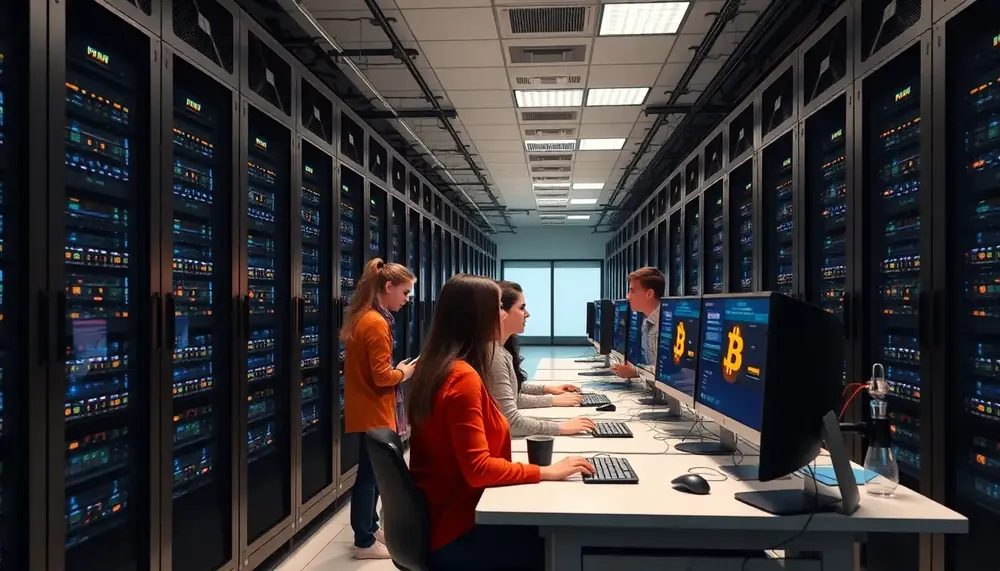
Integrating with a mining pool allows individual miners to combine computational power for consistent rewards, and linking this setup with Coinbase streamlines converting mined coins into fiat currency securely. To integrate successfully, ensure you have the necessary tools like an...
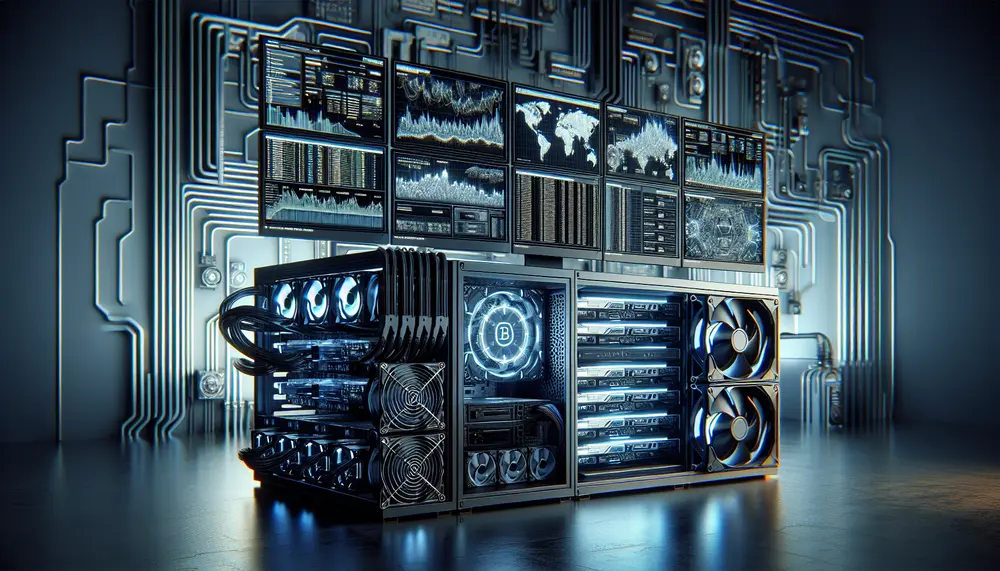
The article introduces a method of mining Ethereum (ETH) using Tether (USDT), highlighting the benefits such as stability, liquidity, and reduced risk. It provides a step-by-step guide on acquiring USDT, choosing a mining pool, setting up hardware and software for...

Crypto mining involves validating and recording transactions on a blockchain network, requiring essential components like hardware, software, electricity supply, cooling solutions, security measures, financial planning, legal compliance, and staying updated with industry changes. Key elements include high-quality GPUs or ASICs...
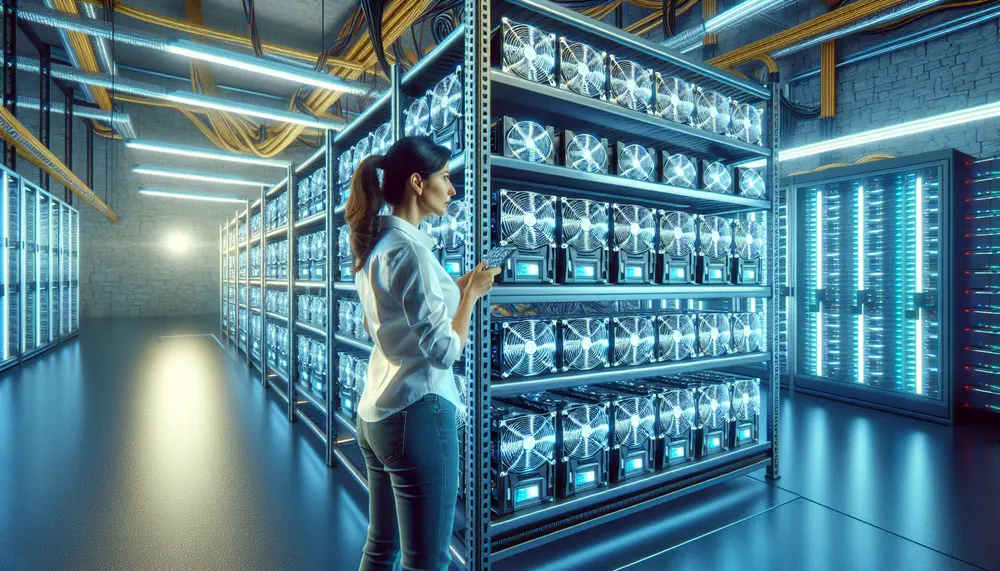
Ethereum USDT mining pools allow miners to combine computational power for consistent payouts, distributing rewards based on each participant's contribution. Key factors in choosing a pool include reputation, fees, payout schemes, minimum thresholds, server locations, and customer support; top options...
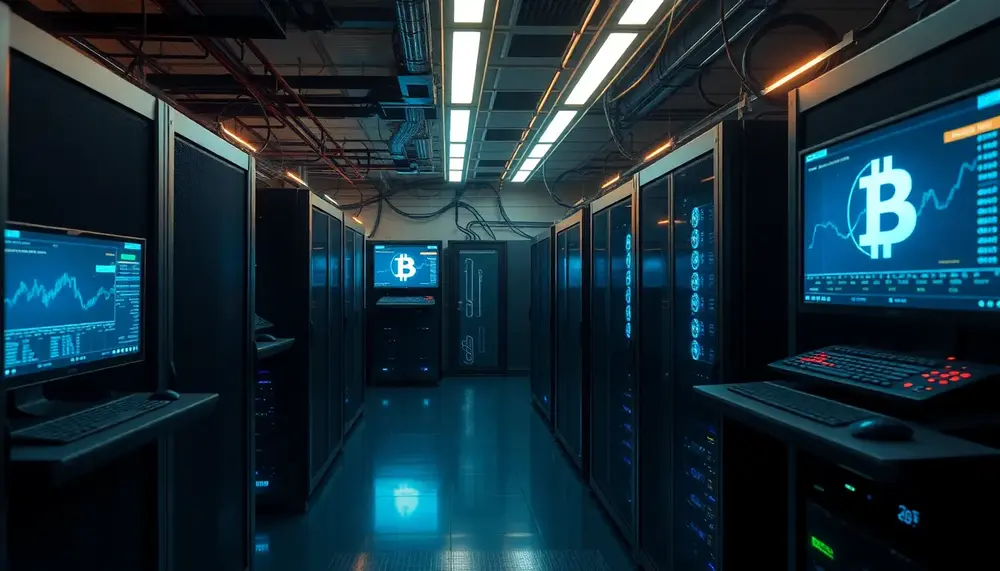
Bitcoin mining pools allow miners to combine computational power for easier algorithm solving and shared rewards, with Reddit serving as a key platform for discussions on pool recommendations based on hardware compatibility....
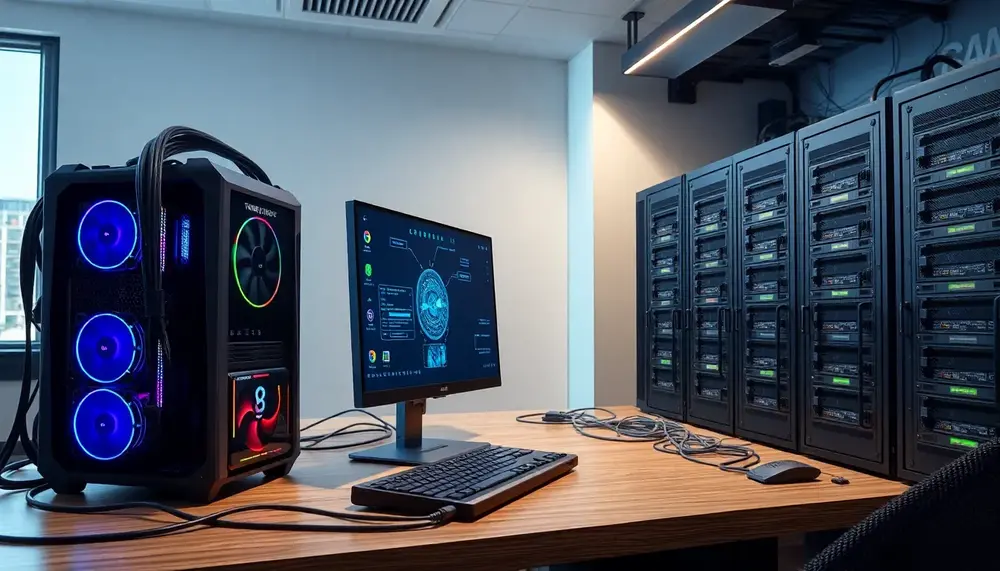
Mining pools and nodes are essential components of the Bitcoin ecosystem, with mining pools combining computational resources for efficient block mining and shared rewards, while nodes maintain network integrity by validating transactions. Understanding their distinct roles is crucial for optimizing...

Ironfish mining software is essential for connecting hardware to the Iron Fish network, optimizing performance, and earning rewards in this privacy-focused cryptocurrency. This guide covers everything from selecting appropriate GPUs and cooling systems to setting up an Ironfish wallet and...
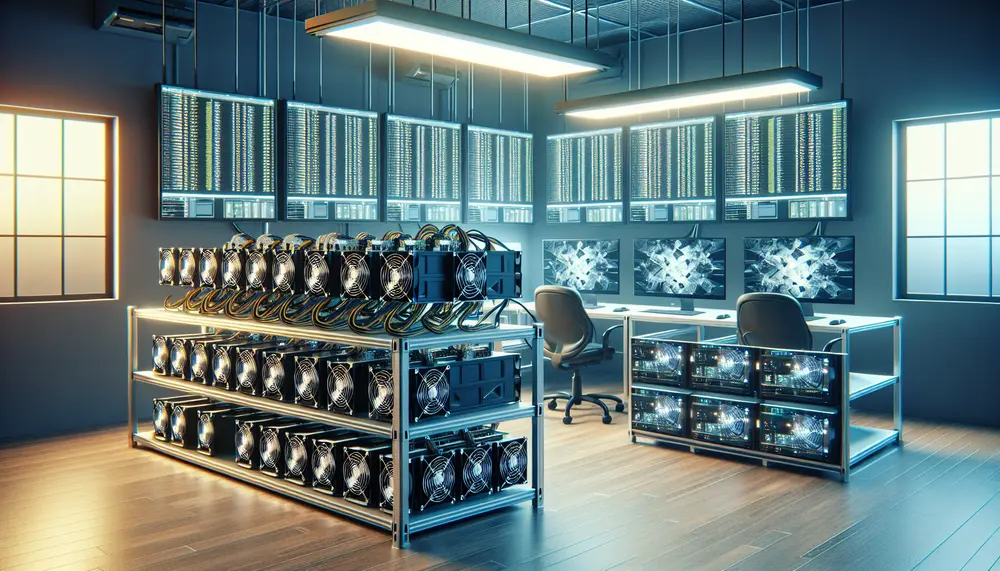
Choosing the right Ethereum mining pool is crucial for maximizing profits, as different pools offer varying fees, payout structures, and reliability. Key factors to consider include fee structure, payout frequency, pool size, reputation, geographical location, and customer support; understanding these...
